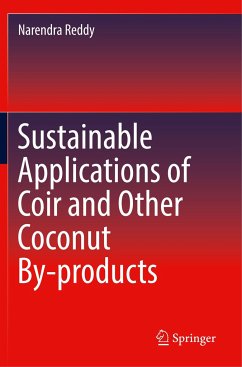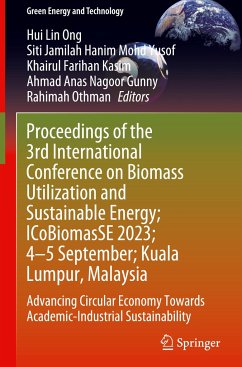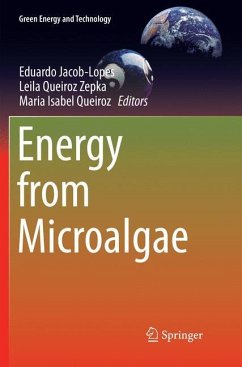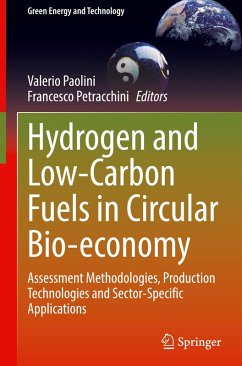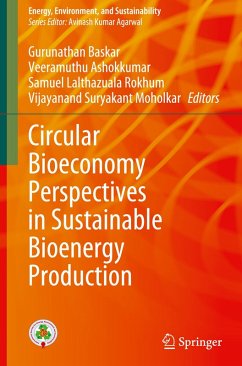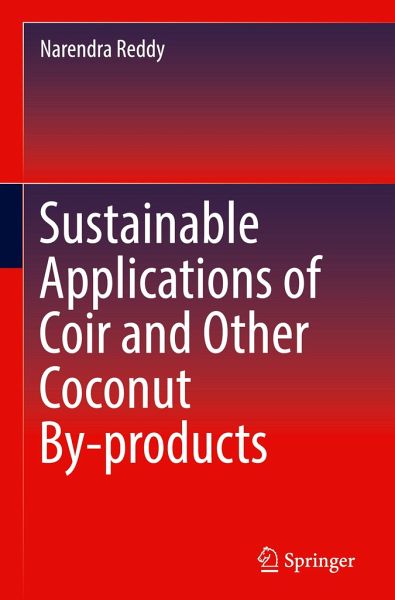
Sustainable Applications of Coir and Other Coconut By-products
Versandkostenfrei!
Versandfertig in 6-10 Tagen
76,99 €
inkl. MwSt.
Weitere Ausgaben:

PAYBACK Punkte
38 °P sammeln!
This book provides detailed information on the methods and techniques that can be used to process coir, cocopeat and other coconut byproducts for developing various bioproducts. Coir is a unique raw material in that it is abundant, green, and sustainable. The most common industrial application of coir is to use it as a reinforcement of composites with other natural or synthetic fibers and resins. Coir-based composites are used in automotive, construction, and packaging, among other applications. Recently cocopeat, coconut shells and other byproducts have been used for energy, environmental rem...
This book provides detailed information on the methods and techniques that can be used to process coir, cocopeat and other coconut byproducts for developing various bioproducts. Coir is a unique raw material in that it is abundant, green, and sustainable. The most common industrial application of coir is to use it as a reinforcement of composites with other natural or synthetic fibers and resins. Coir-based composites are used in automotive, construction, and packaging, among other applications. Recently cocopeat, coconut shells and other byproducts have been used for energy, environmental remediation and agricultural applications. This is the first reference describing the properties, processability, and applications of all the coconut byproducts. Properties of the products developed are also covered with a major focus on industrial applications.
Provides a single, comprehensive reference source on the biorenewable material coir and other coconut byproducts
Addresses properties, processing and a broad range of industrial applications
Enables researchers spanning the materials, polymer, agricultural, composites and environmental areas to identify unique and useful applications of coir and other coconut byproducts
Provides a single, comprehensive reference source on the biorenewable material coir and other coconut byproducts
Addresses properties, processing and a broad range of industrial applications
Enables researchers spanning the materials, polymer, agricultural, composites and environmental areas to identify unique and useful applications of coir and other coconut byproducts



